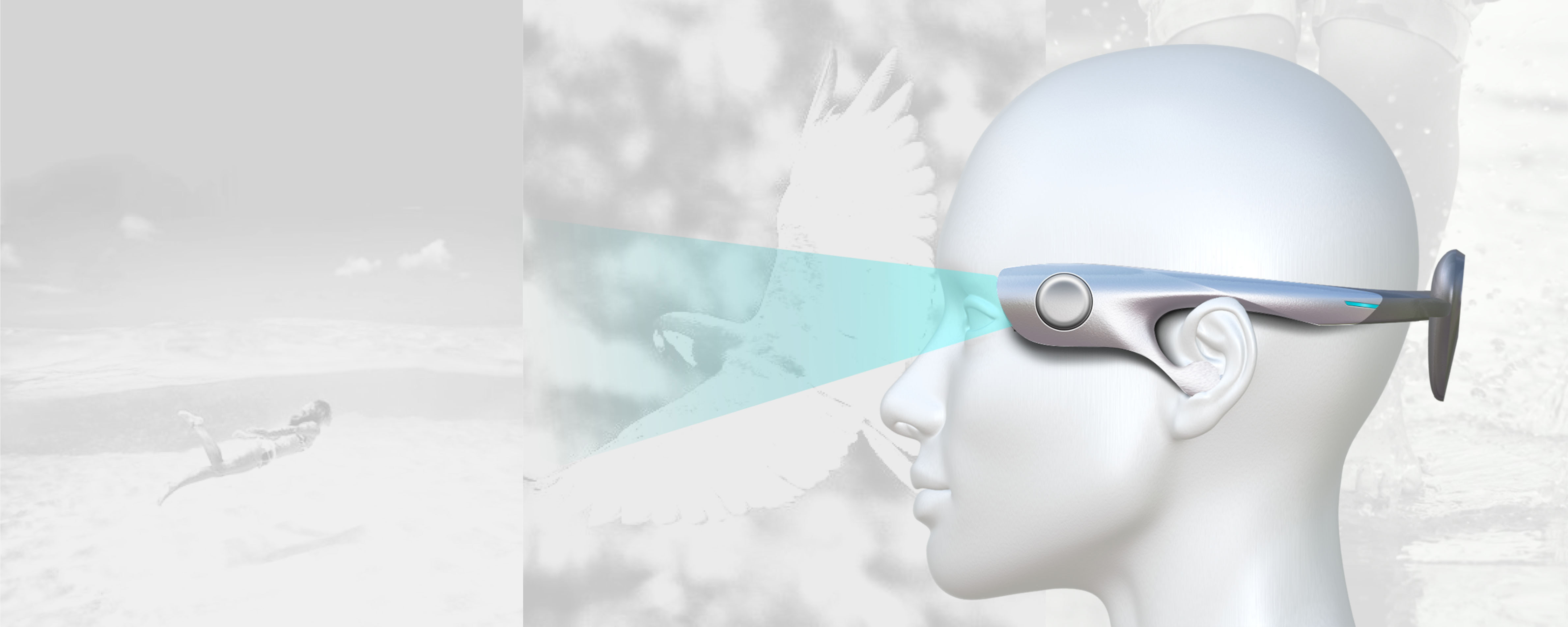
The project focuses on promoting the well-being of office workers in terms of their physical and psychological health within the workplace environment. It is a collaborative effort involving Vicky Lai and Kong Xiaohao. The project began with extensive ground research to identify potential pain points experienced by office workers. Through an iterative process, multiple concepts were developed to address these challenges.
After careful evaluation, a concept was selected and further refined to create a prototype encompassing both user interface (UI) and user experience (UX) design. This prototype included both virtual and physical components. Subsequently, user testing was conducted to validate the effectiveness of the design.
To gain a deeper understanding of the challenges faced by office workers and identify potential opportunities for improvement, we conducted extensive ground research. This research involved implementing various methods to empathize with office workers and uncover their pain points.
By engaging in direct observations, interviews, and surveys, we gained valuable insights into the experiences and needs of office workers. This research allowed us to identify several key challenges, including eye fatigue, distraction, and stress, that were commonly encountered in the workplace environment.
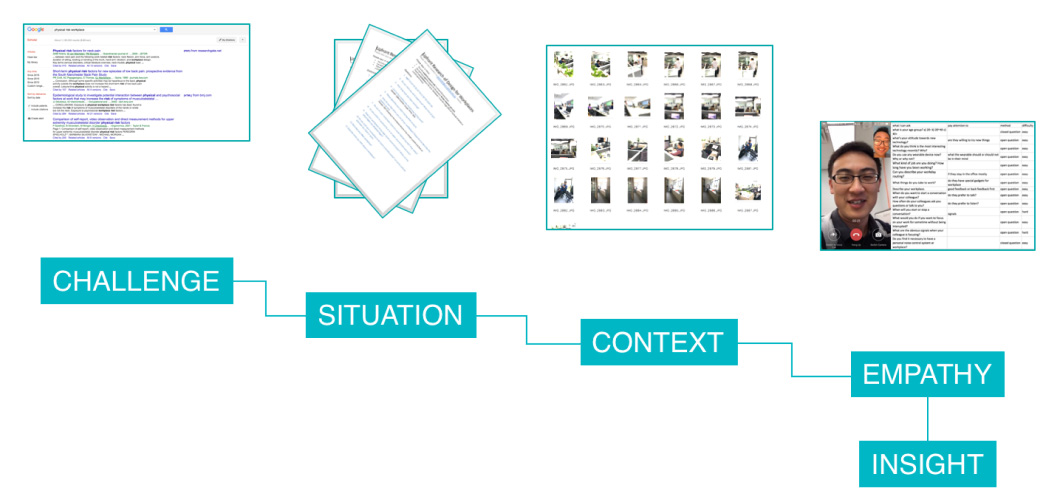
Drawing from the insights gathered during the ground research, we have identified a specific problem to address: "How can we motivate users to prioritize their physical well-being and enhance their somatic sensations through interactive technology?"
One of the common challenges observed among office workers is the tendency to forget to take breaks while engrossed in work. This lack of awareness and inactivity can have negative effects on their overall health and well-being.


Through persona development and precedent analysis, we identified user needs and product constraints. Taking these into account, each team member generated multiple concepts to address the problem statement. Two of my concepts, noise control and smell alarm, were selected for further consideration. These concepts aim to remind users to take breaks and engage in physical activity using different sensory cues.
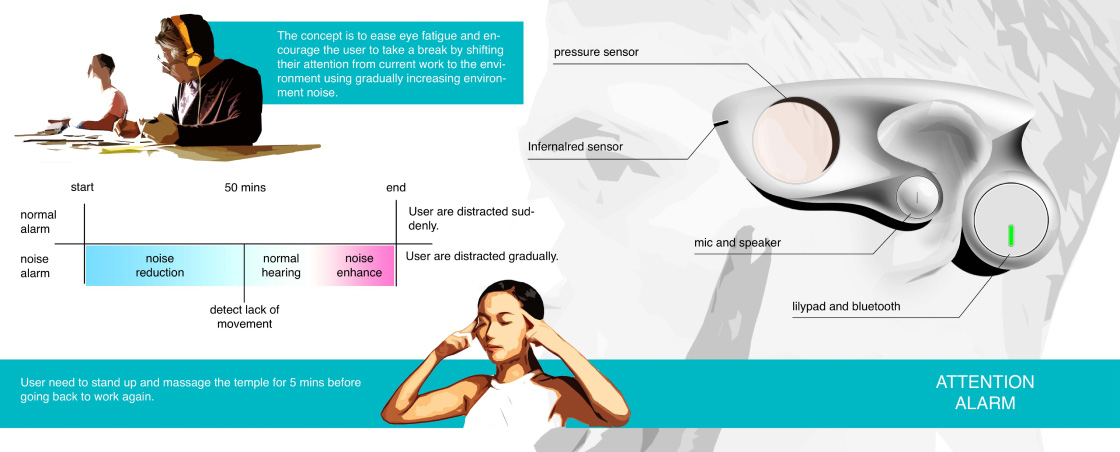
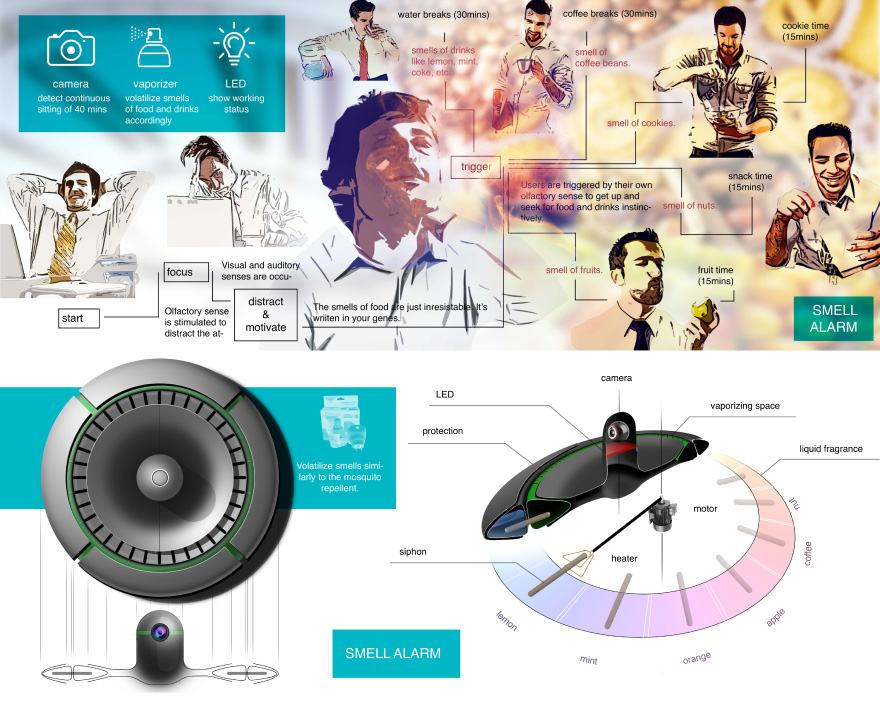
To strike a balance between maintaining user focus and prompting them to take regular breaks, we sought to manipulate their environmental awareness. The concept involves implementing a noise reduction system that allows users to control the level of ambient noise they experience.
In the storyboard, we visualize a scenario where an office worker is deeply engrossed in their work. As time passes, the noise reduction system gradually lowers the surrounding noise level, creating a focused and distraction-free environment. However, after a certain duration, the noise reduction system begins to gradually increase the ambient noise, signaling to the user that it's time to take a break and reorient their focus.
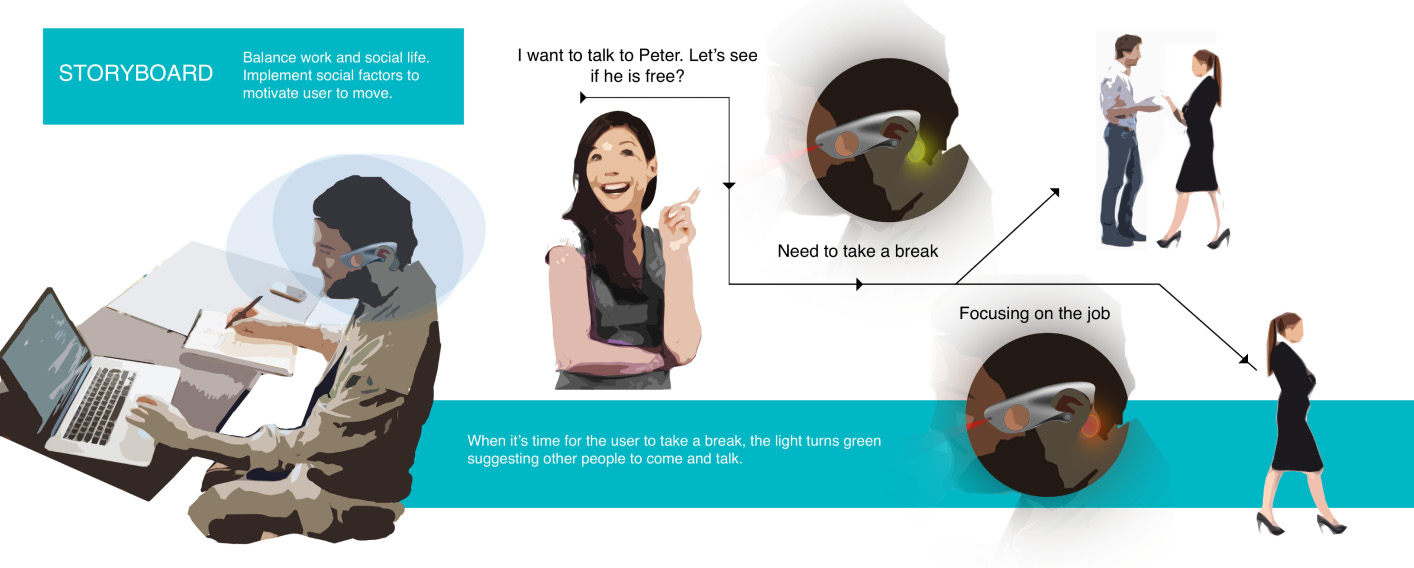
The prototype consists of integrated hardware and software components. The hardware, created using 3D printing, incorporates Max MSP and Arduino to read and react to data. Additionally, a mobile UI mockup was designed to control the system. This prototype enables users to interact with the noise control concept, providing valuable insights for evaluation and feedback.
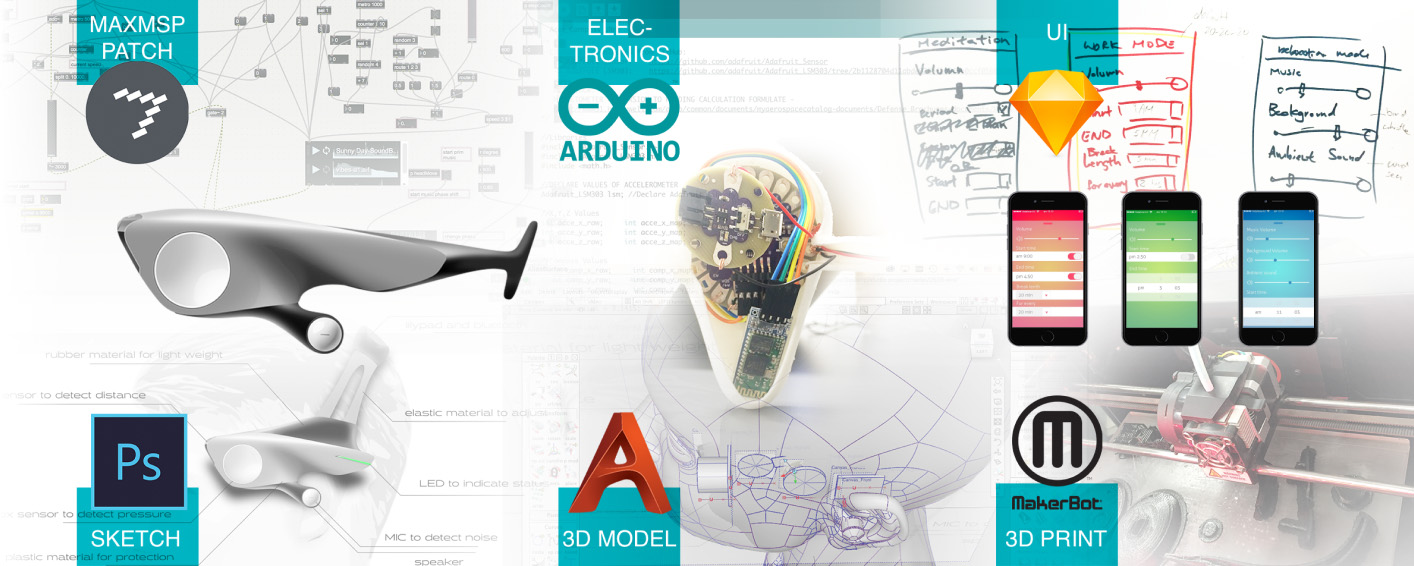
To evaluate the wearability and usability of the prototype, we conducted user testing with multiple participants. The testing process included a wearability test, where participants interacted with the prototype and provided feedback on its comfort and practicality. Interviews were also conducted to gather in-depth insights into the user experience and to understand their perspectives on the concept.
Following the user testing sessions, post-interview questionnaires were administered to further validate the concept and gather quantitative and qualitative data regarding user satisfaction and perceived effectiveness.
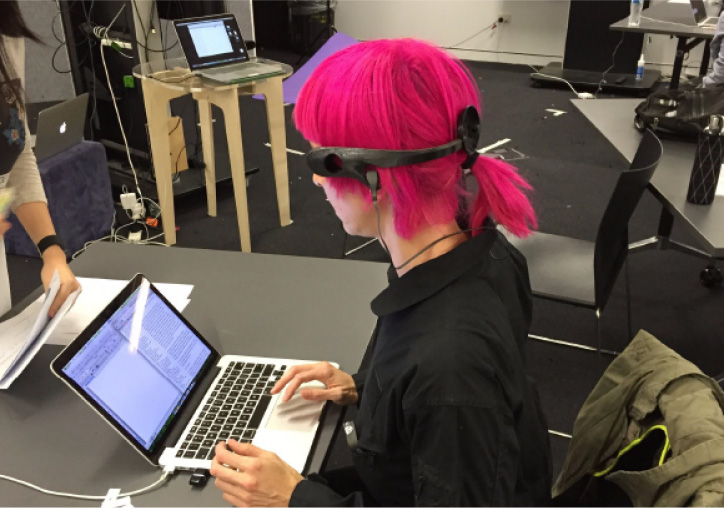
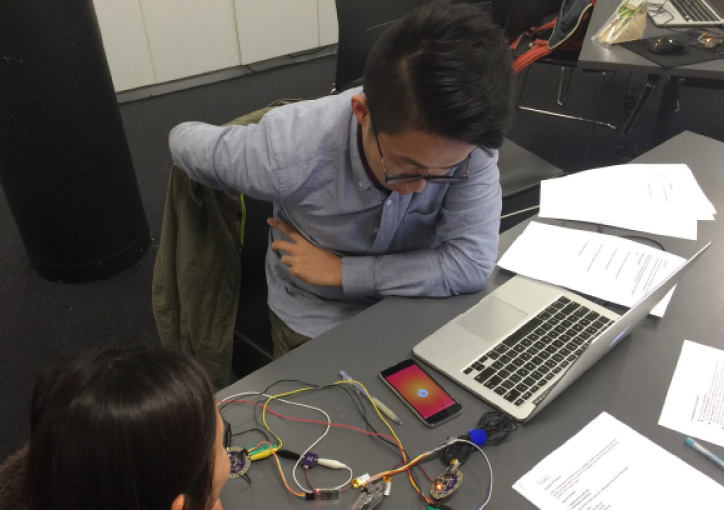
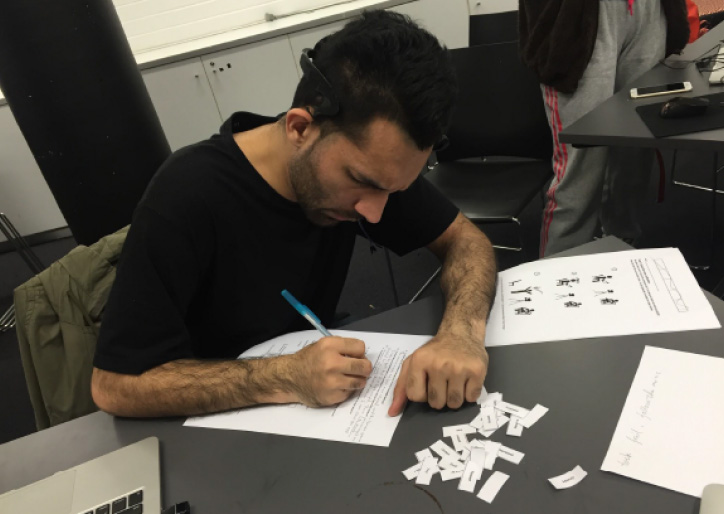
An important discovery from the user testing was the need to define the appropriate level of interaction within the context of the prototype. By analyzing the test results using BJ Fogg's behavior model, we identified the adoption of the Movement Feedback strategy as a valuable refinement for the prototype.
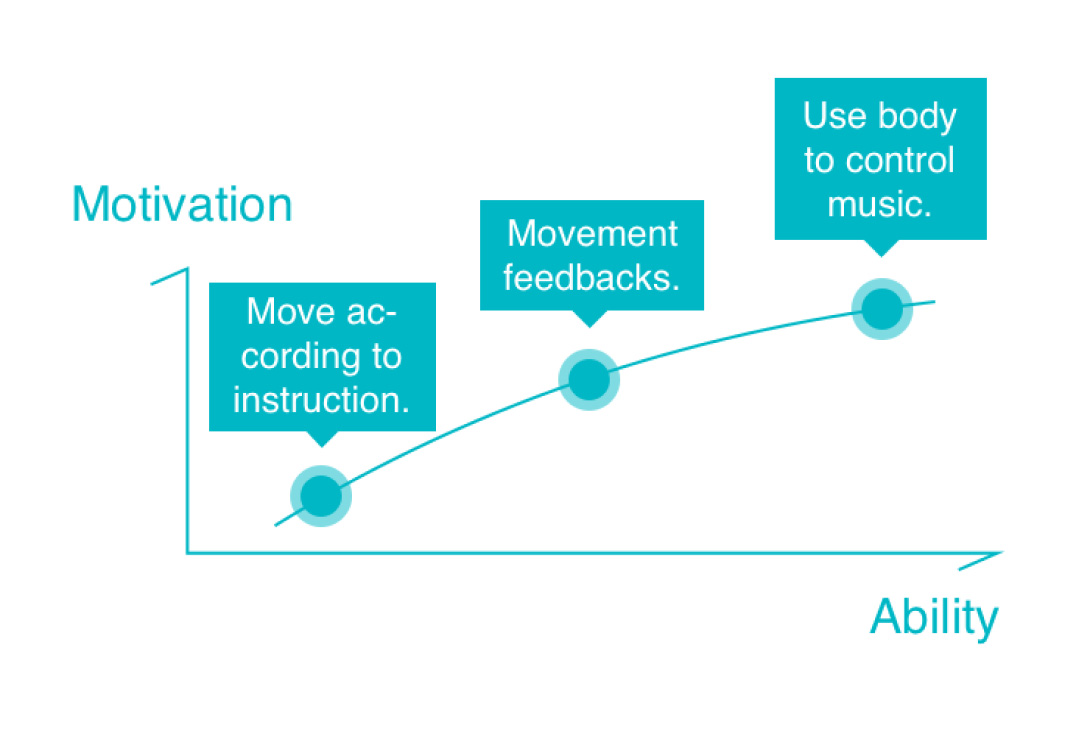
The culmination of the project is a comprehensive system consisting of a headset and a mobile application. The system addresses the issue of sedentary activity in the workplace and aims to promote physical movement and mindfulness.
When the system detects prolonged periods of inactivity, the headset's noise reduction function gradually transitions to noise enhancement. This shift in auditory experience helps divert the user's attention from work and prompts them to stand up and pay attention to their body. The mobile application provides feedback on body movement, facilitating relaxation through immersive soundscapes.